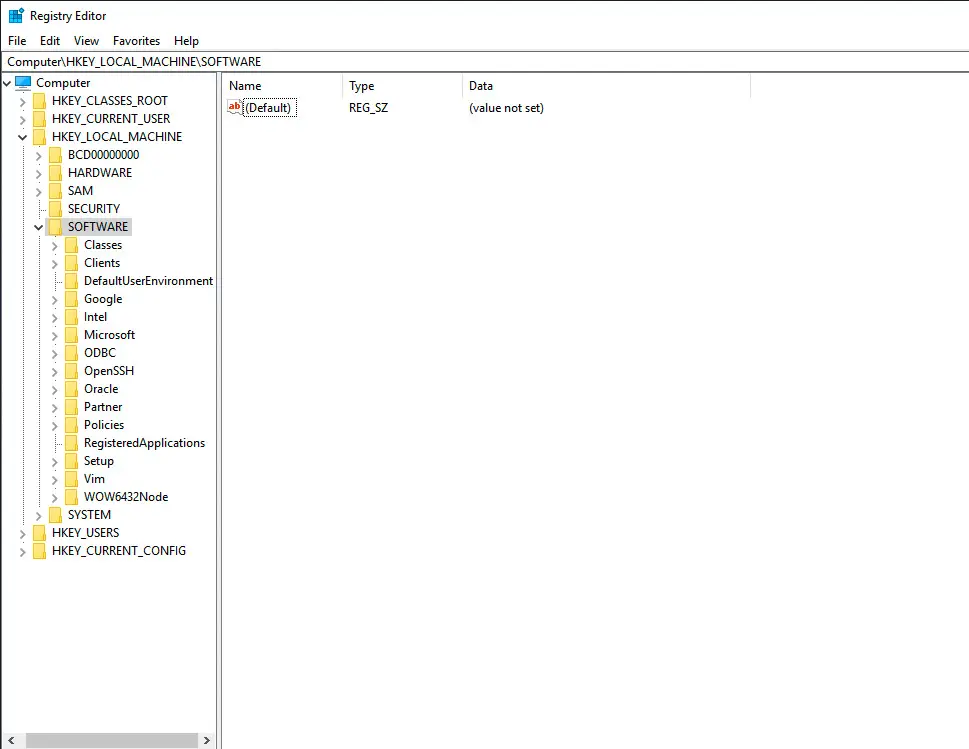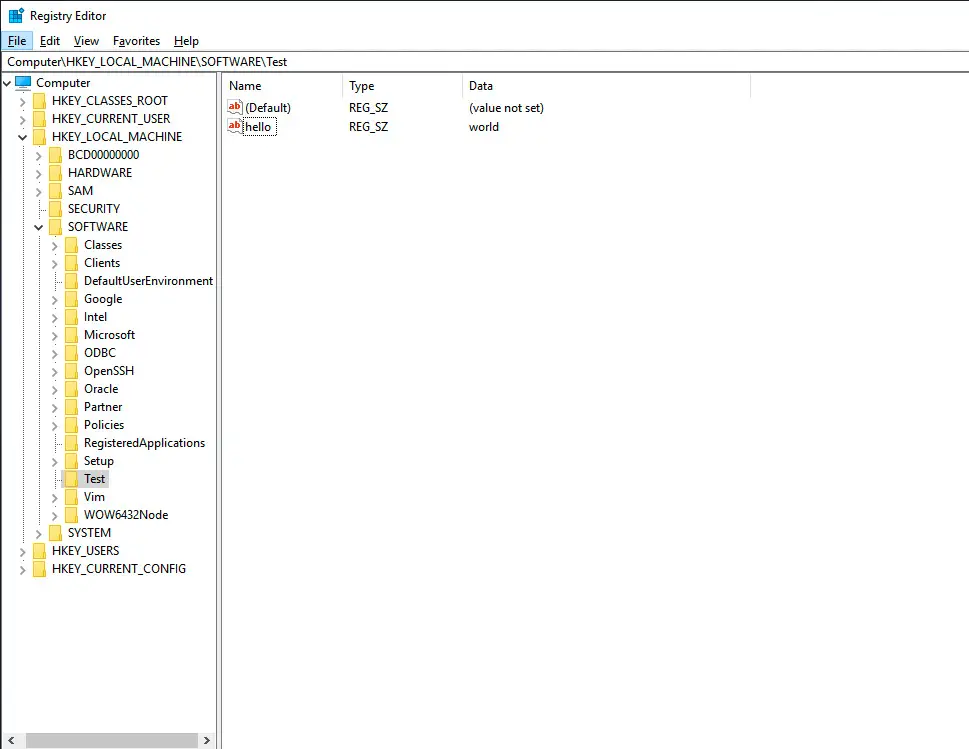How to Add Windows Registry key-value on Windows-like systems with Ansible?
Changing registry values manually can be time-consuming and error-prone. Ansible includes built-in capabilities for managing individual key-value pairs in an idempotent way. I’m going to show you a live Playbook and some simple Ansible code. I’m Luca Berton and welcome to today’s episode of Ansible Pilot
Ansible adds Windows Registry on Windows-like systems
ansible.windows.win_regedit- Get information about Windows registry keys
Let’s talk about the Ansible module win_regedit.
The full name is ansible.windows.win_regedit, which means that is part of the collection of modules specialized to interact with Windows target host.
It’s a module pretty stable and out for years and it works in Windows and Windows Server operating systems.
It adds, changes, or remove registry keys and values.

Parameters
pathstring - The full registry key path including the hive to search fornamestring - Name of the registry entry in the path parameters.typestring -string/none/binary/dword/expandstring/multistring/qworddatastring - Value of the registry entrystatestring -present/absent
The only mandatory parameter is “path” which is the full registry key path including the hive to search for.
Almost mandatory is also the “name” of the name of the registry entry in the path parameters.
Another important parameter is the “type” specify the datatype of the value: string, dword, qword, binary, multistring, etc. Some values could either be represented as a decimal number or a hex value. Multi-string values should be passed in as a list. Refer to the module manual for more details and examples.
Finally, we could specify the value of the registry entry in the “data” parameter.
Another useful parameter is the “state” to specify if we would like to add or modify (“present” option) or remove (“absent” option).
Links
- ansible.windows.win_regedit
- How to add, modify, or delete registry subkeys and values by using a .reg file

Playbook
How to Add Windows Registry on Windows-like systems accessing the Windows Registry with Ansible Playbook.
Specifically, I’m going to create a Windows Registry key located in “HKEY_LOCAL_MACHINE\Software\Test”.
code
---
- name: windows registry add
hosts: all
vars:
mypath: 'HKLM:\Software\Test'
mykey: 'hello'
mytype: string
myvalue: 'world'
tasks:
- name: registry add key-value
ansible.windows.win_regedit:
path: "{{ mypath }}"
name: "{{ mykey }}"
type: "{{ mytype }}"
data: "{{ myvalue }}"
execution
ansible-pilot $ ansible-playbook -i virtualmachines/win/inventory windows/registry_add.yml
PLAY [windows registry add] ***********************************************************************
TASK [Gathering Facts] ****************************************************************************
ok: [WindowsServer]
TASK [registry add key-value] *********************************************************************
changed: [WindowsServer]
PLAY RECAP ****************************************************************************************
WindowsServer : ok=2 changed=1 unreachable=0 failed=0 skipped=0 rescued=0 ignored=0
ansible-pilot $
idempotency
ansible-pilot $ ansible-playbook -i virtualmachines/win/inventory windows/registry_add.yml
PLAY [windows registry add] ***********************************************************************
TASK [Gathering Facts] ****************************************************************************
ok: [WindowsServer]
TASK [registry add key-value] *********************************************************************
ok: [WindowsServer]
PLAY RECAP ****************************************************************************************
WindowsServer : ok=2 changed=0 unreachable=0 failed=0 skipped=0 rescued=0 ignored=0
ansible-pilot $
before execution

after execution

Conclusion
Now you know how to Add Windows Registry key-value on Windows-like systems with Ansible.
Subscribe to the YouTube channel, Medium, and Website, X (formerly Twitter) to not miss the next episode of the Ansible Pilot.Academy
Learn the Ansible automation technology with some real-life examples in my
Udemy 300+ Lessons Video Course.

My book Ansible By Examples: 200+ Automation Examples For Linux and Windows System Administrator and DevOps

Donate
Want to keep this project going? Please donate
